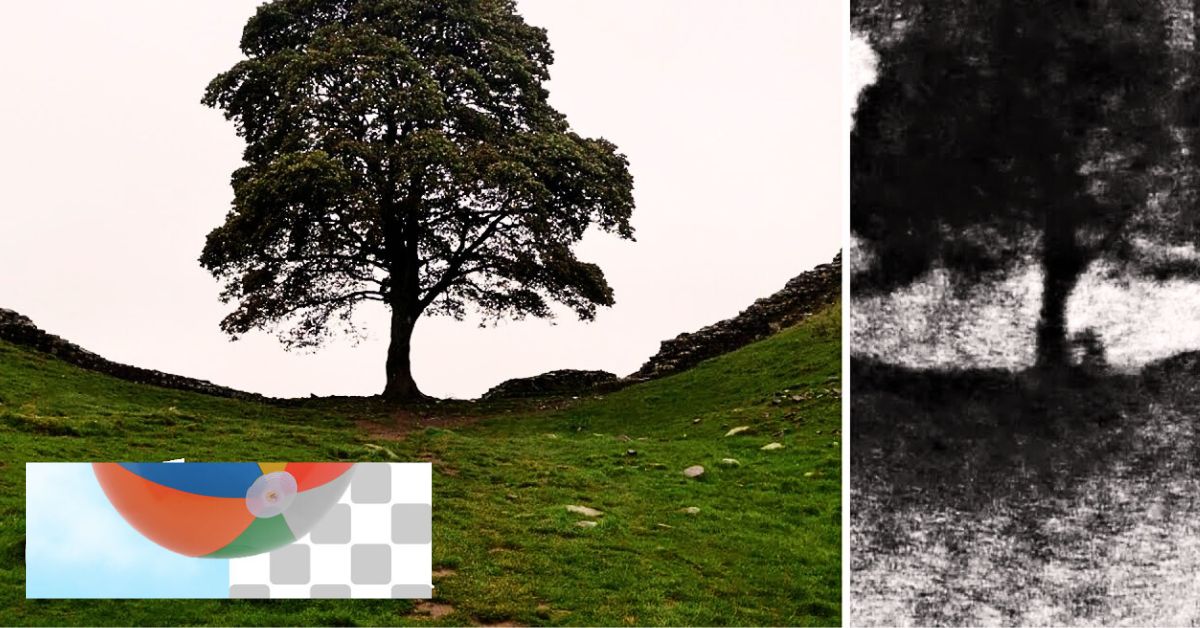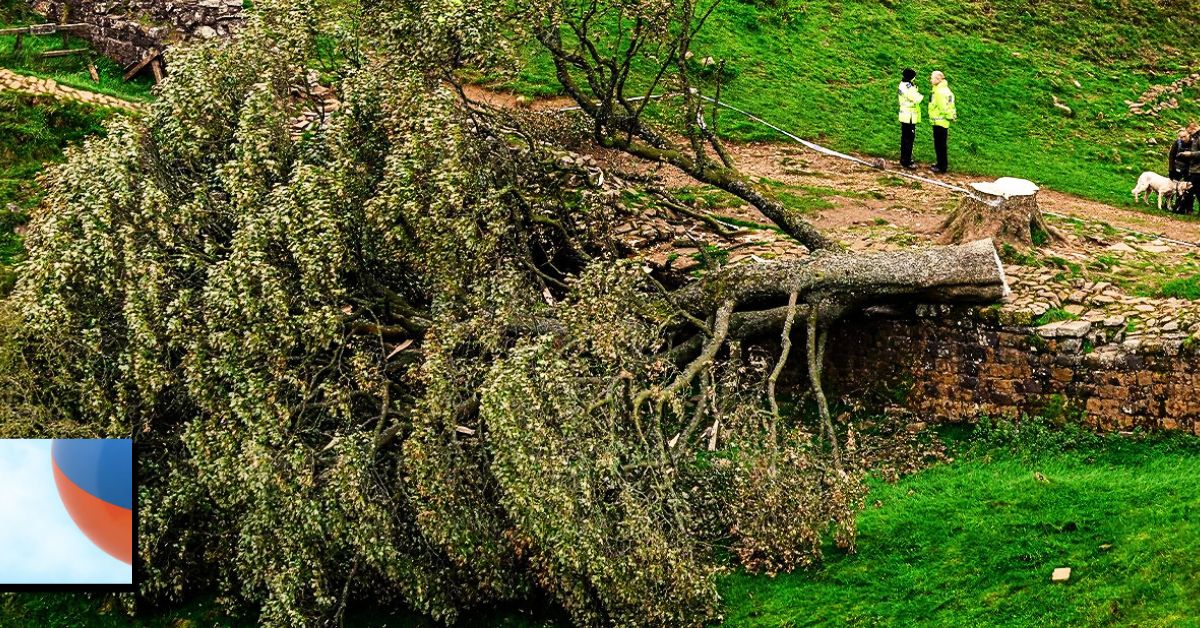The Sycamore Gap Tree, once one of the most photographed trees in the UK, was tragically felled in 2023.
Perched in a dramatic dip along Hadrian’s Wall in Northumberland National Park, it became a beloved natural landmark.
This article explores the tree’s historical, cultural, and environmental significance and what its loss means. We also discuss future restoration efforts. Read on to understand why the Sycamore Gap Tree matters to so many.

Where It Was Located
The Sycamore Gap Tree stood along Hadrian’s Wall, a UNESCO World Heritage Site. It sat in a natural dip between two hills. This spot is known for its picturesque landscape and historical richness.
Tourists and photographers flocked to this location. It was popular for its striking silhouette against the sky. Locals also considered it a symbol of regional pride.
The Tree’s Cultural Impact
The Sycamore Gap Tree was not just a natural beauty; it was a cultural icon. It featured in various media. Most famously, it appeared in the 1991 film Robin Hood: Prince of Thieves.
The tree became a symbol of endurance and peace. Artists, poets, and photographers drew inspiration from it. Over the years, it became part of the national imagination.
What Happened to It
In September 2023, the tree was found cut down overnight in an apparent act of vandalism. Authorities launched an investigation. The public responded with grief and outrage.
Police arrested multiple suspects. The case is still under investigation. The motive behind the felling remains unclear.
Public Reaction and Mourning
The loss triggered national and international responses. Social media was flooded with photos and tributes. Many described the act as a cultural tragedy.
Local councils held memorial events. People left flowers and handwritten notes at the site. Environmental and historical organizations expressed concern.
Ecological and Historical Value
The tree was over 200 years old. It played a role in the local ecosystem. Birds and insects nested in its branches. Its roots helped prevent soil erosion.
Its presence along Hadrian’s Wall added historical charm. It linked nature with ancient human history. Tour guides often highlighted it during visits.
Restoration and Replanting Plans
The National Trust and Northumberland National Park are collaborating on restoration. Plans include planting a new tree in the same spot.
Experts are also studying how to preserve the felled tree’s wood. Some suggest using it to create memorial sculptures.
Community input is being gathered. Many believe a new tree could never replace the original. Still, they see restoration as a sign of hope.

Ongoing Investigation Details
The Northumbria Police continue their investigation. They’ve examined CCTV footage and forensic evidence. Arrests have been made, but no formal charges yet.
The public has contributed tips and leads. The investigation has attracted media attention. Updates are shared regularly through official channels.
How to Support Restoration
Donations are being accepted by the National Trust. Funds will support replanting and conservation education.
Volunteers can join local efforts. Activities include site cleanup and planting events. Schools are also getting involved through environmental programs.
Sharing information helps keep the story alive. Use hashtags like #SycamoreGapTree to spread awareness.
Lessons from the Incident
The event highlights the vulnerability of natural landmarks. It shows how one act can impact generations.
It also demonstrates the importance of community in recovery. Collective mourning has turned into collective action.
Future efforts may focus more on site protection. New technologies like surveillance and smart sensors are under review.
Symbolism in Nature and Memory
The Sycamore Gap Tree symbolizes how nature can become part of our identity. It was more than wood and leaves. It was a shared experience.
Its loss reminds us to protect what we love. It also teaches us how to move forward after a cultural loss.
Planting a new tree won’t erase the past. But it helps build a future rooted in remembrance.
Related Natural Landmarks
Other iconic UK trees include the Major Oak in Sherwood Forest and the Fortingall Yew in Scotland.
These trees are protected and cherished. Their stories remind us of the Sycamore Gap Tree’s importance.
Efforts are underway to safeguard these living monuments. Public involvement plays a crucial role.
Conclusion
The Sycamore Gap Tree’s story is not over. While the original tree is gone, its legacy continues. New growth, both literal and symbolic, is on the horizon.
Nature and community have the power to heal. With ongoing support and awareness, the story of the Sycamore Gap Tree will inspire future generations.










